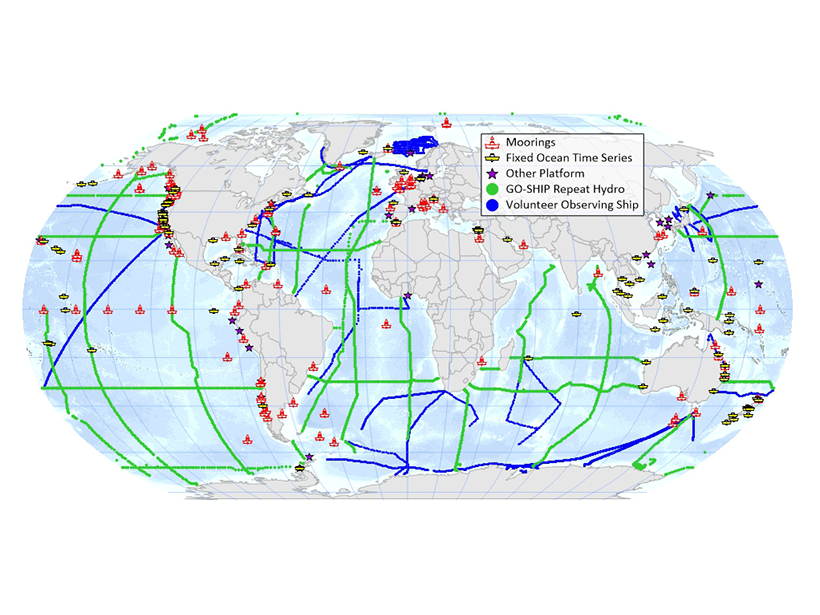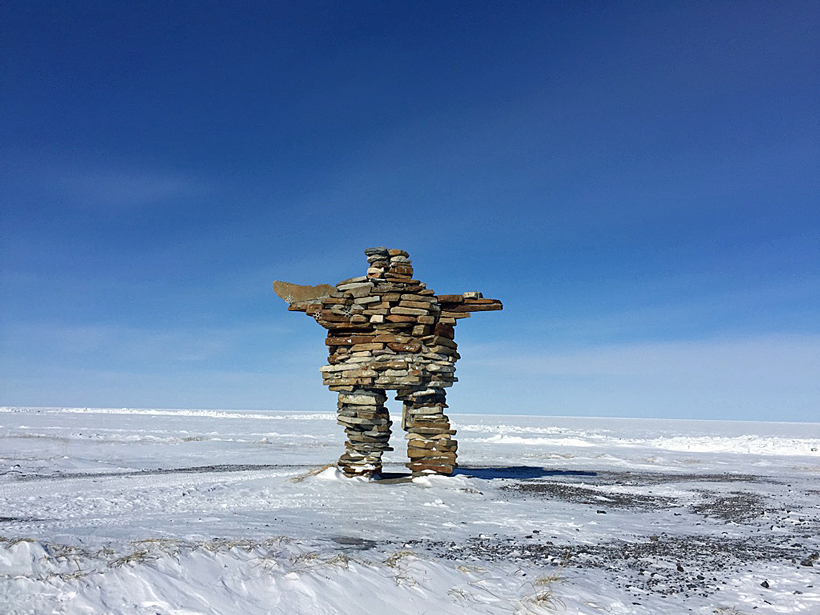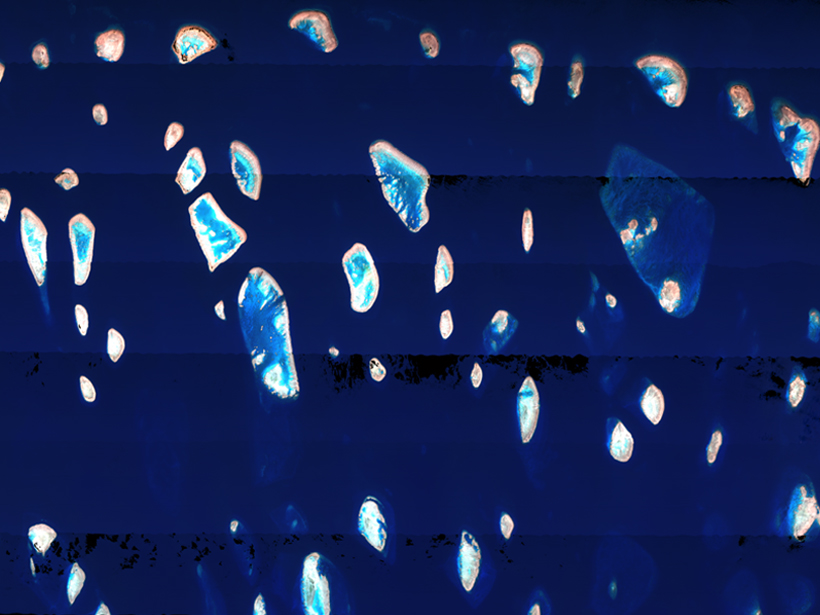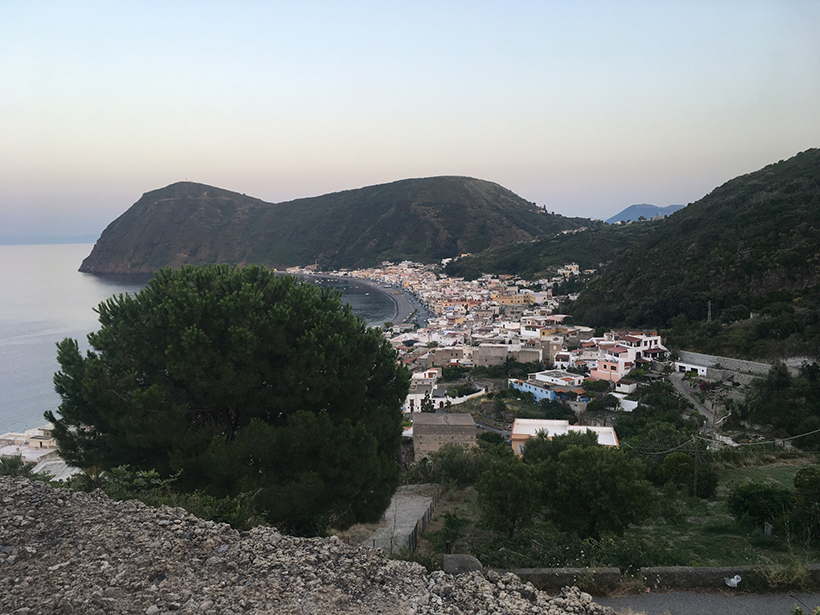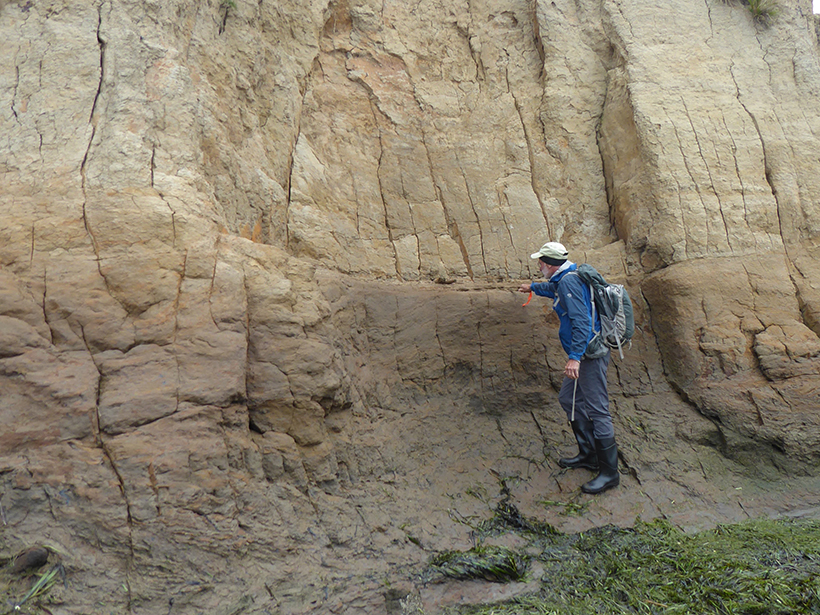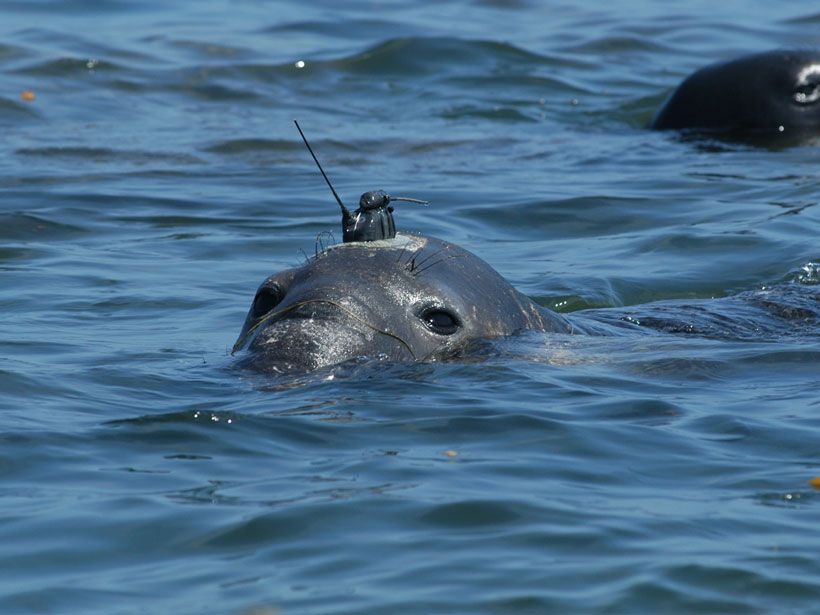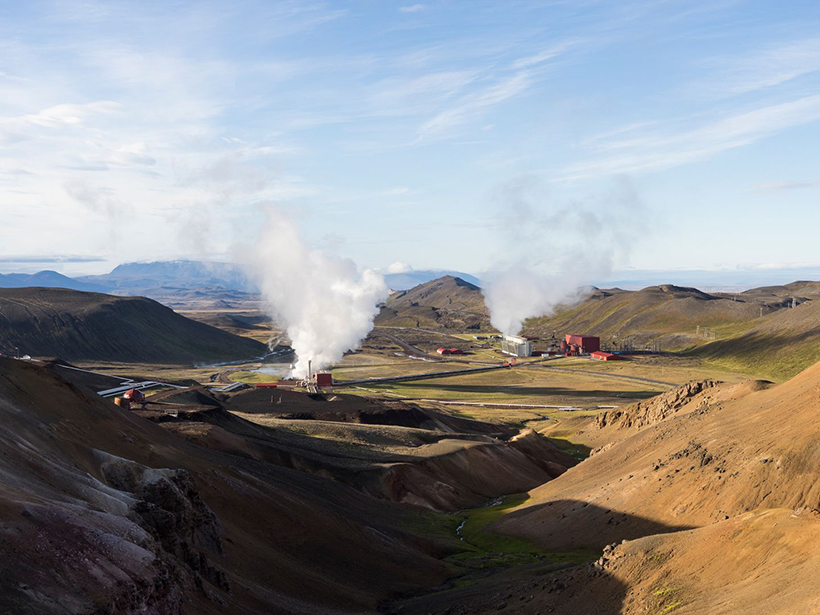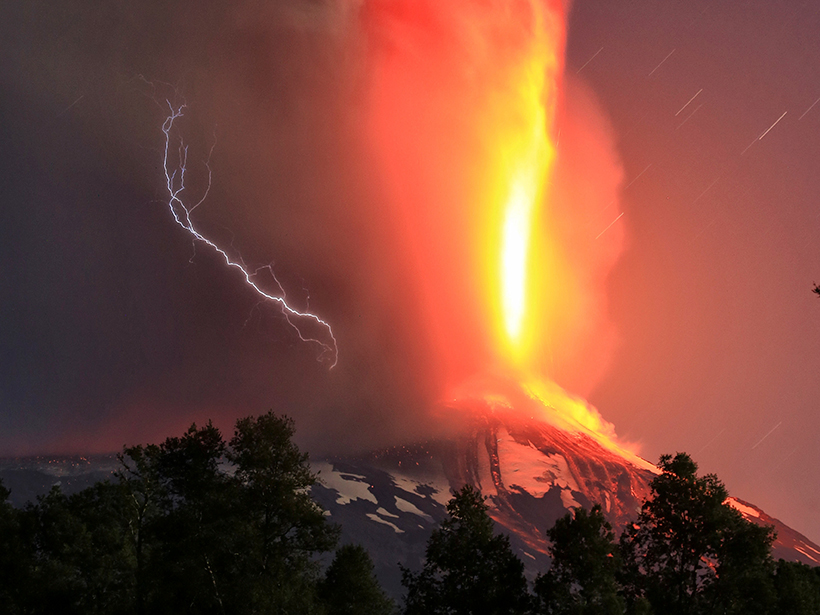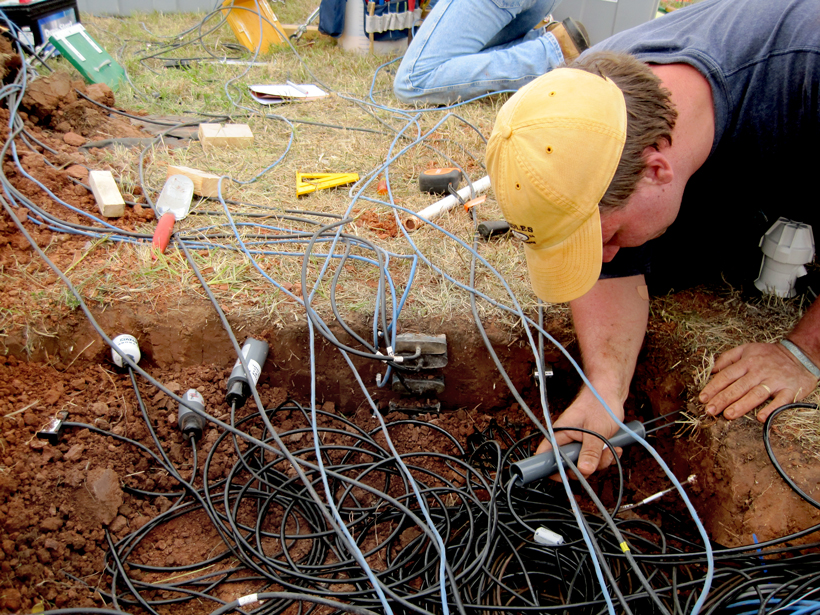The 4th Global Ocean Acidification Observing Network (GOA-ON) International Workshop; Hangzhou, China, 14–17 April 2019
Science Updates
Understanding the Terrestrial Effects of Arctic Sea Ice Decline
T-MOSAiC Workshop 2019; Arkhangelsk, Russia, 25–26 May 2019
Teams Invited to Test Coastal Hyperspectral Imaging Algorithms
Hyperspectral Remote Sensing of Coastal and Inland Waters Webinar; 28 May 2019
Seismic Sensors Probe Lipari’s Underground Plumbing
An international team of scientists installed a novel, dense network of 48 seismic sensors on the island of Lipari to investigate the active magma system underground.
Addressing Cascadia Subduction Zone Great Earthquake Recurrence
USGS Powell Center Cascadia Earthquake Hazards Working Group; Fort Collins, Colorado, 25–29 March 2019
Designing the Global Observing System for Marine Life
Identifying the Backbone of a Global Observing System for Marine Life and Planning Its Implementation for the Next Decade; Santa Barbara, California, 5–7 March 2019
Planning an International Magma Observatory
A planned project will drill into a magma reservoir in Iceland that has never erupted to the surface, giving scientists a fresh look at Earth’s underground “plumbing.”
Monitoring Volcanic Craters with Infrasound “Music”
Volcanic craters act as giant horns that emit intense low-frequency sounds. Changes in this infrasound may be used to track rising lava lakes and identify signals of future eruptions.
Building a One-Stop Shop for Soil Moisture Information
With a recent infusion of support from the federal government, the National Soil Moisture Network is moving ahead with its goal of integrating soil moisture data across the United States.
Australia–New Zealand Plan for Future Scientific Ocean Drilling
Australian–New Zealand IODP Consortium Ocean Planet Workshop; Canberra, Australia, 14–16 April 2019

